I recently acquired another E30 and am officially back in the E30 scene. Unfortunately the car had an overheating problem among other things, and facing a 2500 mile trip ahead of me, this overheating problem needed to get sorted.
Basically at idle and while driving the heat gauge would climb right around the 3/4 mark (should be at 1/2). The only way I could keep it from going any higher was to put the heater on as hot as it would go and put the blower on the highest setting. What this basically does is make the heater core an extra little radiator. Simply speaking the way the heater core works is that it takes the heat from the coolant and thus makes and blows out hot air.
The first two things I checked were the fan clutch and the thermostat.
The fan clutch: Generally with a fan clutch problem you should notice overheating at idle and not so much during highway driving. This is because the main job of the fan clutch is to activate during idle in order to help cool the radiator while there is no airflow from driving.
IMPORTANT NOTE: never blame the auxiliary fan (electric fan). With a properly functioning system you should not even need the auxiliary fan.
That being said, there are two ways to test if the fan clutch is working. One is simple, spin the blades of the fan. It should feel like its spinning in molasses. The better/more effective way I learned to test it is by unplugging the heat sensor connector from the radiator and jumping the two pins together to activate the auxiliary fan (if its a 3 point connector then try a combination of jumping two pins together to see which produce the aux fan to go on low/high. Basically if you notice that your temperature is staying down with the aux fan on then that basically means it is doing the fan clutches job.
To remove and replace a fan and fan clutch assembly you do not need to remove the radiator. All you need is a 32mm wrench (I used a 1-1/4″ wrench which equates to 31.75m). Remember, The threads are reverse threaded so unscrew clockwise when looking at the car from the front.
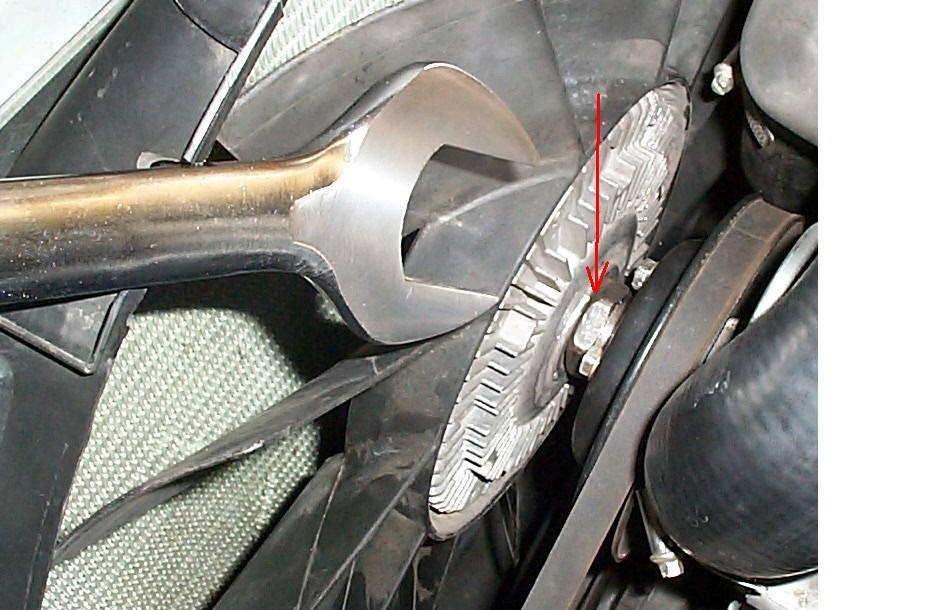
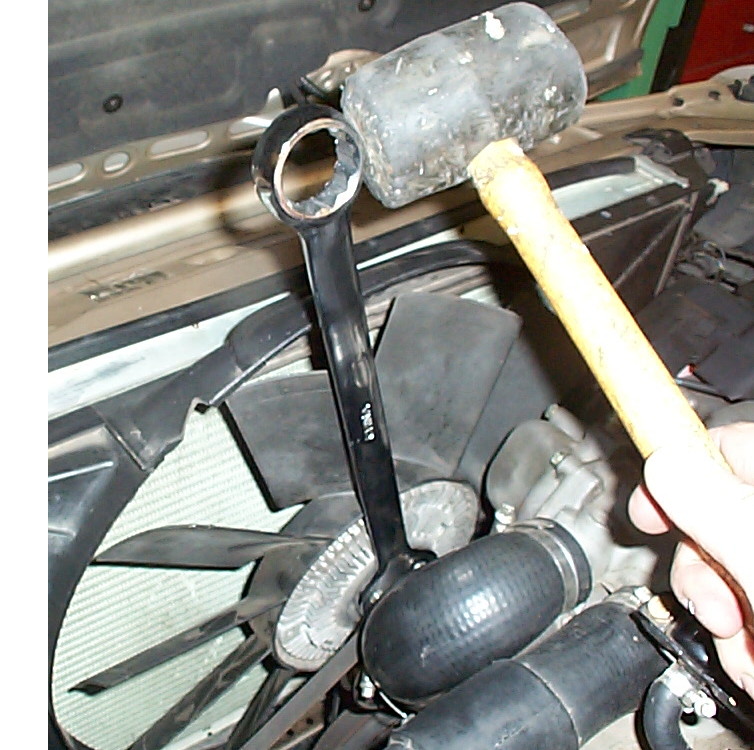
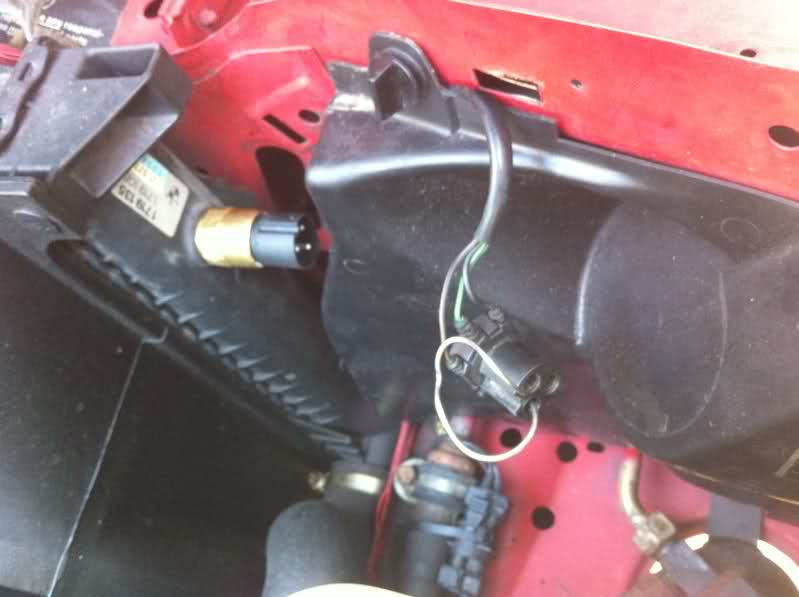
In my case, even with a working fan clutch and the aux fan on high, I still had an overheating problem. So it was on to the thermostat.
The second thing I checked was the Thermostat. The idea was that maybe the thermostat was staying partially closed when it should be open. The way a thermostat works is by restricting coolant flow until the engine heats up to operating temperature (stock is 80c). At operating temperature the thermostat opens and therefore the engine does not overheat and stays right at the halfway mark on your gauge. The quickest way to test if the thermostat is bad is to take it out and cut the middle (spring/opening) part out. You permanently open the thermostat by doing this. On a properly operating cooling system this will cause the temperature to always stay at about the 1/4 mark, which is well below the normal operating temperature. After testing if your overheating problem gets any better you will need to replace the thermostat, at a cost of about $7 to $25 dollars depending on the brand.
Thermostat:

Unfortunately that was not my problem either. So there is really only two things left: one thing is the radiator and the second is the waterpump. I figured because my heater core was producing hot air, that meant that at least some coolant was being circulated to it, and thus should be circulating to the rest of the system. So I found a used radiator from a R3v forum member.
An interesting point: The radiators out of automatic cars can be used in manual cars, the only difference is that the automatic radiator has in/out connectors for cooling the transmission oil, which simply are not used in a manual car. The cooling capacity is the same. Manual radiators can not be used in Auto cars for the same reason.
Automatic radiator:

The radiator is extremely simple to remove and install in my early e30. It is only two 10mm bolts and two fan shroud clips; undo the top and bottom clamps and hoses and bam thats it, its out, only a 10 minute job.
Before reinstalling my new used radiator, I ran a garden hose through both radiators and noticed some brown crap come out of my old radiator. Furthermore, even after some brown crap came out it was clear that more water was passing through the new used radiator. This is where my problem was. After reinstalling the new radiator all my overheating problems were fixed.
After traveling exactly half way through my trip (1250 miles to go). I started feeling a hesitation and hearing a clunking noise coming from the front of my engine around the valve cover/ac compressor area. After another 500 miles I discovered that sound was the water pump bearing. It completely failed and leaked all my coolant out on the side of the highway. Luckily, as soon as I noticed the leak I dove into the shoulder before any overheating/head gasket failure occurred.
The way to diagnose this problem is to take the fan and try to wiggle it side to side and up and down. If your fan wiggles you know the water pump bearing has failed. This is because the fan clutch and fan assembly are literally screwed onto the shaft of the water pump. Therefore if you can wiggle the fan you are wiggling the bearing inside the water pump. The reason the car was hesitating 500 miles prior to failing was also because of this; the reason is that the wiggling bearing allowed the pulley to rub against the crankshaft damper which in turn created very minor metal shavings that stuck magnetically to the crank sensor causing the hesitation. Remember when changing the water pump, change the timing belt and tensioner at the same time as the work overlaps.
Failed water pump bearing wiggle after removal of waterpump:
Other then the water pump impellers failing and a blockage within the tubing, there is literally no reason why the car should be overheating as far as the cooling system is concerned.
To bleed the coolant:
First fill the cooling system (if completely empty should take about 2 gallons) with the bleeder screw open. When you see the water coming out of the bleeder screw stop filling up the system and close the bleeder screw. Start the car let it idle for about a minute, then open the bleeder screw and keep it open until you only see fluid coming out with no bubbles. Close the bleeder screw and take off the coolant overflow tank cap. When the thermostat opens at operating temperature the overflow tank will bleed itself. If your bleeder screw is broken/seized/whatever, you can use the latter to fully bleed your system without opening the bleeder screw. While doing all this have the heater on full heat and full blast.
Bleeder screw:
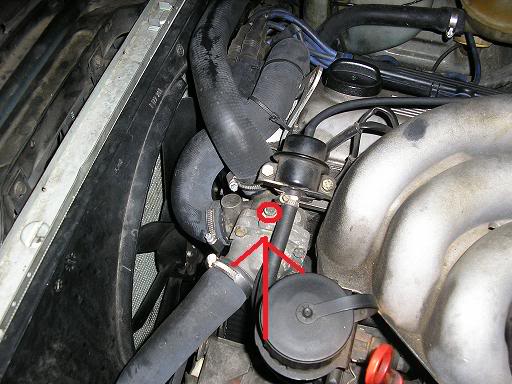

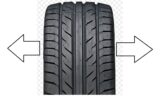

[…] Download Image More @ https://www.rtsauto.com […]